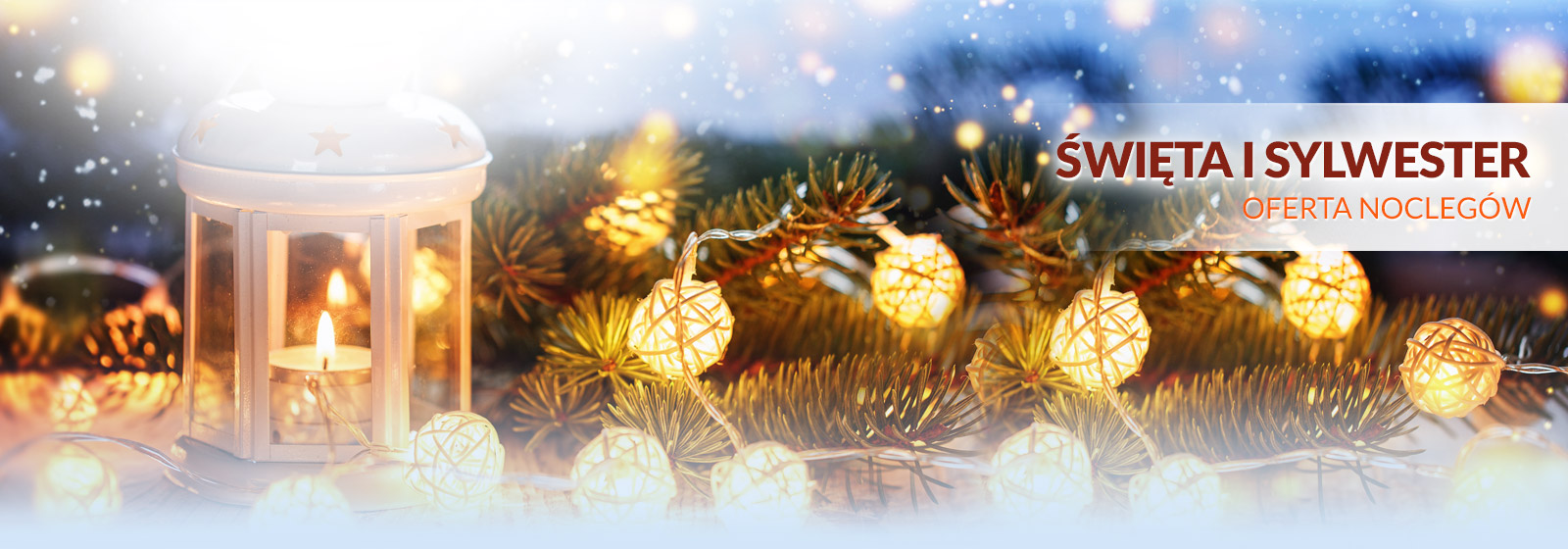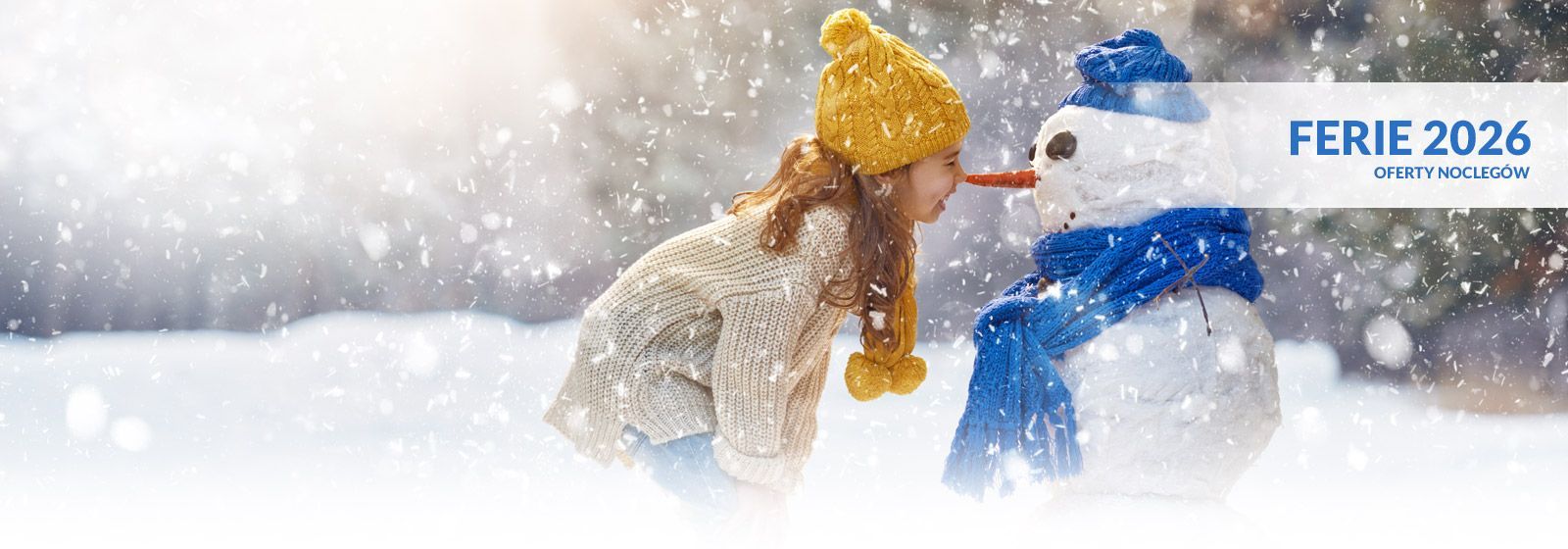Lemkos are not very tall people. But sometimes there were descendants of the Wallachian shepherds who were: stocky, dark haired, and of olive skin and complexion. It was Lemkos’ speech, clothes and customs that made them distinguishable. The clothes they wore were modest: men wore short linen shirts, tucked into trousers – called ‘chołośnie’ (in summer they were white and linen, in winter they were brown and woolen). ‘Chołośnie’ had very typical for the trousers of the Carpathian highlanders seams that converged on the buttocks. On shirt they wore blue waistcoats – called ‘lejbik’ and on the cold days they put on so called ‘huńki’ – brown jackets half thigh long. On their heads men wore felt hats with frills tucked up. When the weather was bad, wet or snowy they put on so called ‘czuhy’ that is why they were called ‘Czuchońce’ sometimes. It was overcoats made of brown cloth, half calf long, with a big rectangular collar falling on the back and ended with fringes on the lower part. This collar was beautifully decorated and could be used as a hood to cover head.
Women’s dress was a little bit more colourful – they wore linen shirts with front buttons, embroidered with a plain cross stitch. Skirt (usually dark) made of selvage, hand printed linen was covered with an apron in front. On shirts women wore blue or black velvet corset. On their heads girls wore scarves and women coifs – which they put on hair pinned around a hazel or wire ring – so called ‘chyl’. Their arms they covered with ‘płachta’ – a large linen scarf. Girls wore on their necks ‘krywulki’ – broad frills plaited of many colourful glass beads. Men as well as women wore hard soled leather moccasins on their feet. On festive days they put on ‘skirni’ – high top boots. In winter they wore sheepskin coats.





